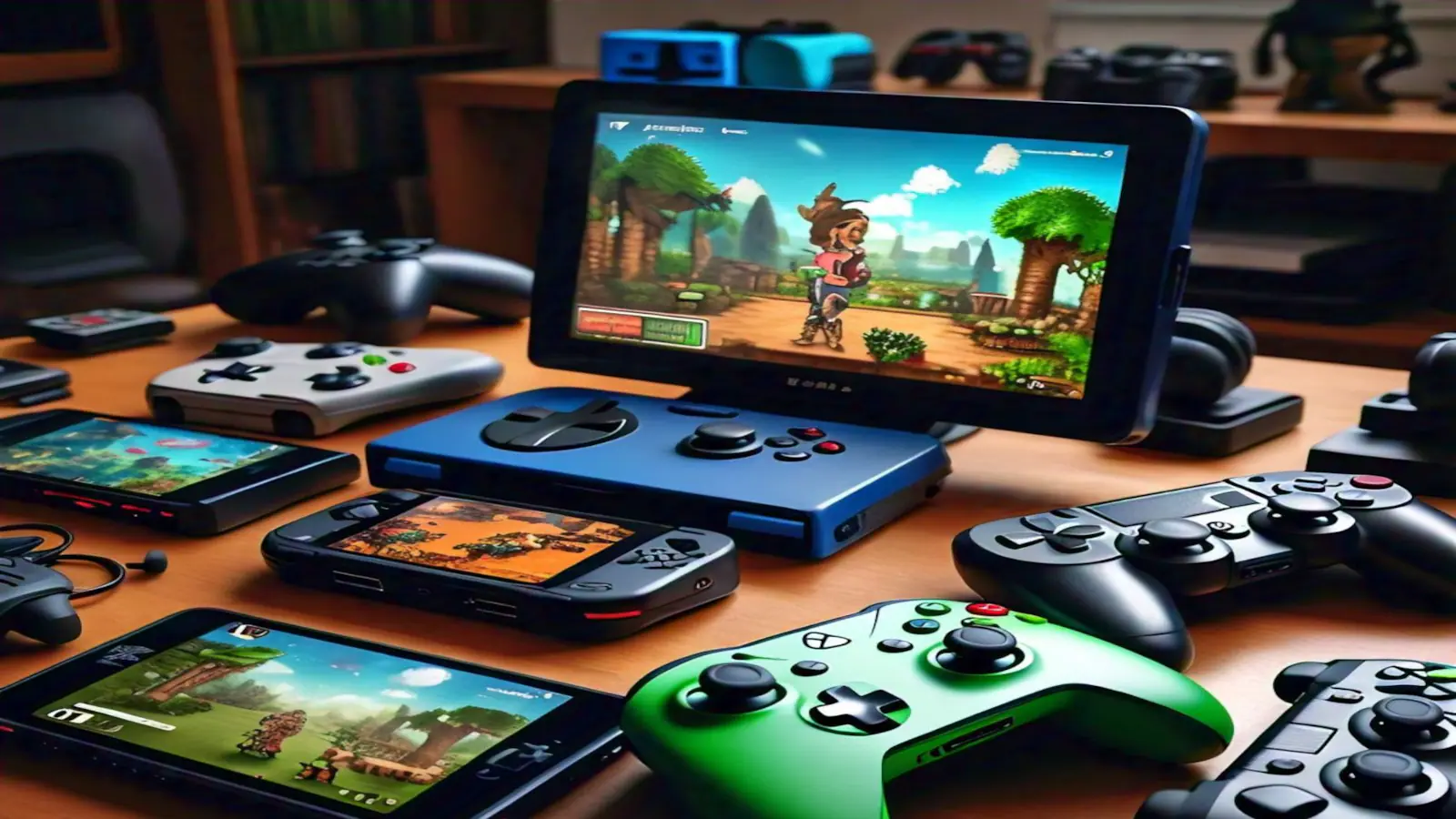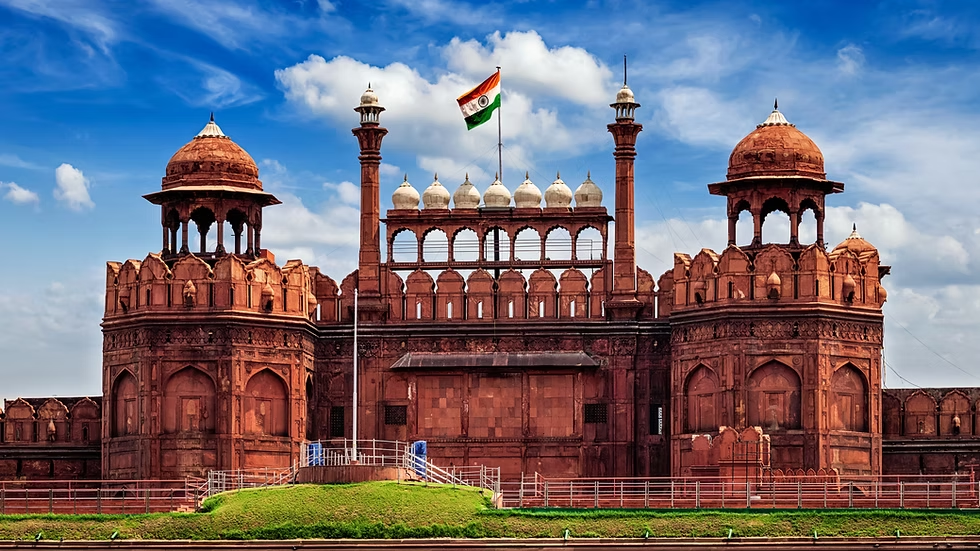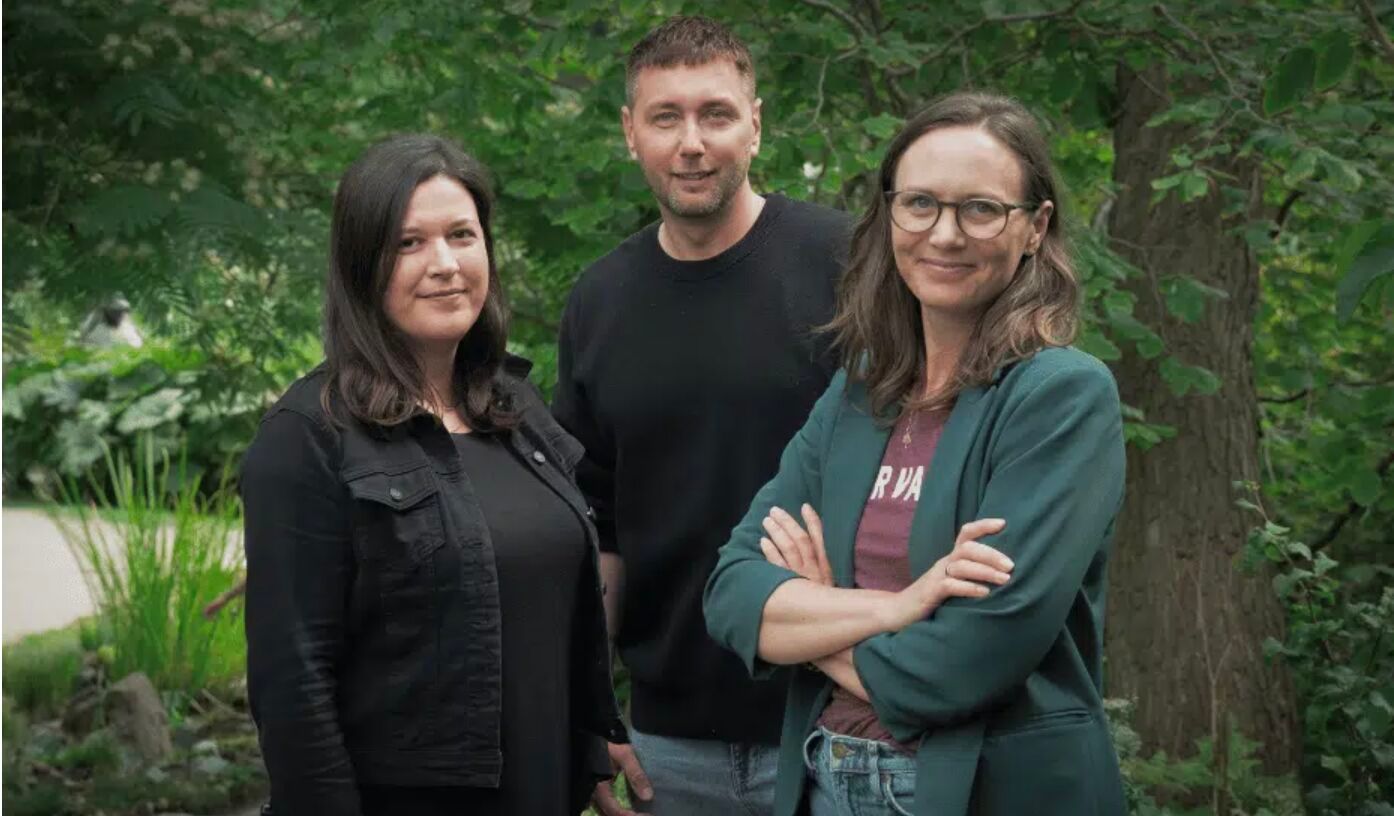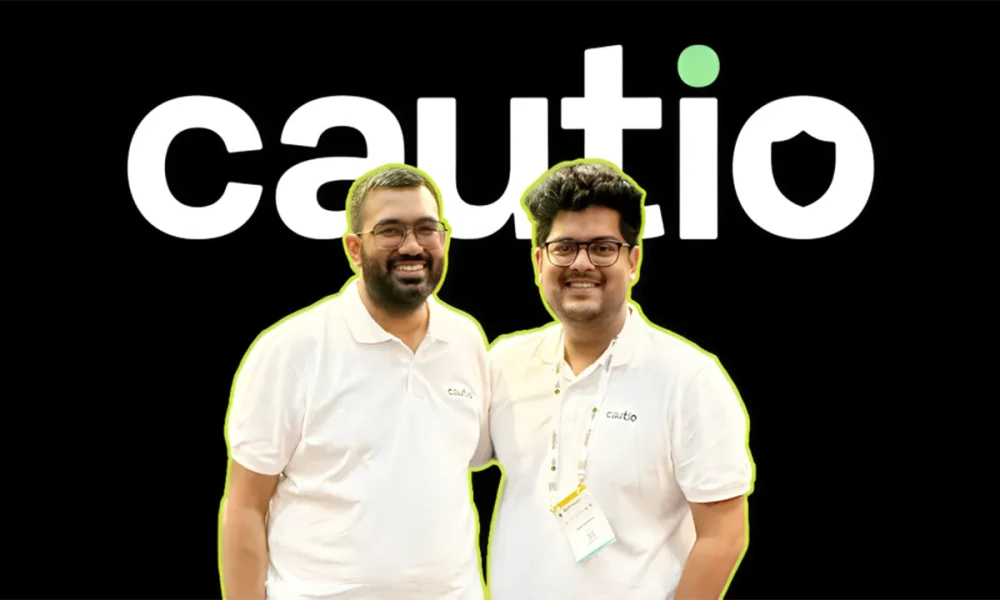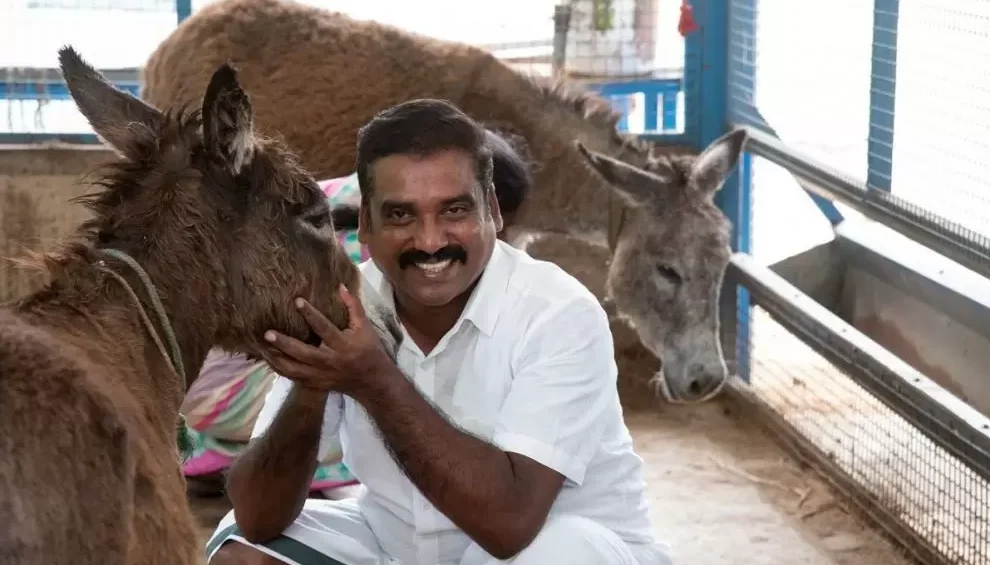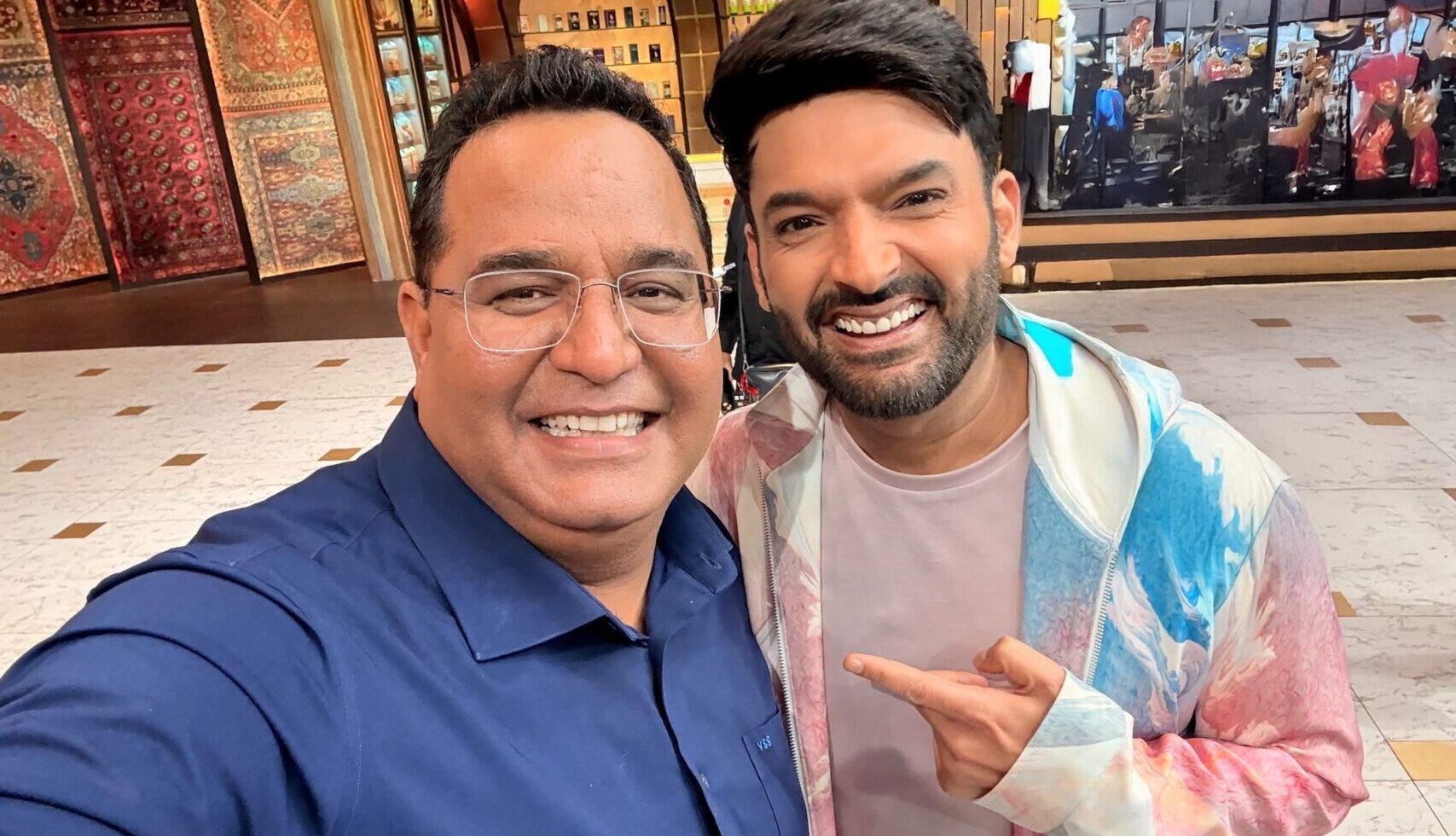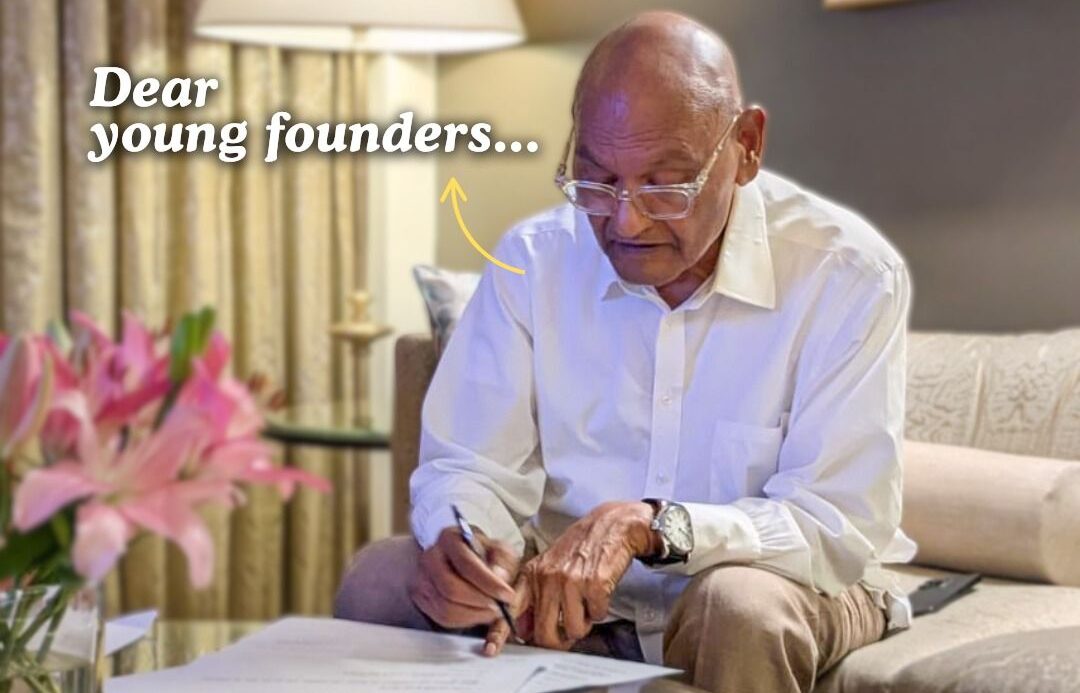India’s digital creator ecosystem has erupted in controversy after Asian News International (ANI), one of the country’s largest news agencies, was accused of using YouTube’s copyright enforcement system to extort money from independent creators. At the centre of the storm is YouTuber Mohak Mangal, who alleges ANI demanded Rs 45 lakh to revoke copyright strikes issued against his videos. So, is ANI Copyright Strike legit?
Mohak claims ANI struck his videos for using just 11 seconds of news footage in a 16-minute video, asserting it was covered under fair use. The second strike followed quickly, and Mohak alleges ANI then threatened a total of eight strikes unless a one-year licensing deal worth tens of lakhs was signed.
YouTube’s Strike Policy: A Power Imbalance
Under YouTube’s three-strike policy, a channel can be permanently deleted if it receives three copyright strikes within 90 days. Creators say this policy puts them at a disadvantage in disputes, as it allows content owners to enforce takedowns instantly, even before fair use is properly assessed.
ANI Copyright Strikes: A Pattern Emerges
Mohak’s claims are not isolated. Several creators told The Reporters’ Collective and The420.in that they were approached by ANI with similar demands, often ranging from Rs 15 lakh to Rs 50 lakh. At least one creator reportedly paid the full amount to retain their channel and signed a licensing deal.
Critics argue ANI bypassed YouTube’s monetisation or revenue-sharing options and instead used punitive copyright strikes to pressure creators. Alleged recordings and emails reveal ANI representatives rejecting smaller payments and insisting on upfront lump-sum fees for license agreements.
Growing Support from the Creator Community
Prominent YouTubers including Nitish Rajput and Dhruv Rathee have publicly supported Mohak. Rathee described ANI’s actions as an “extortion racket,” while Rajput demanded YouTube provide better protections for creators.

ANI Defends Its Rights
In response to media queries, ANI defended its approach, stating that it invests heavily in original content and has the legal right to protect its intellectual property. The agency said using YouTube’s enforcement tools was lawful and necessary, and creators are free to seek legal recourse.
YouTube’s Response and System Limitations
YouTube, when contacted, said it strives to balance the rights of copyright holders and creators. However, it confirmed it does not determine copyright ownership and applies takedowns if claims meet the formal legal criteria. This system often places the burden on creators to prove fair use after strikes have already taken effect.
The Legal Grey Area of Fair Dealing in India
Under Indian law, Section 52 of the Copyright Act, 1957, provides for “fair dealing” exemptions for purposes such as criticism, reporting, or review. However, there is no precise definition of fair use thresholds, and courts decide disputes on a case-by-case basis. This ambiguity leaves creators vulnerable.
Global Examples of Copyright Abuse
Globally, similar cases have emerged. In the U.S., the DMCA has been misused by bad actors to file fraudulent takedown notices. In one instance, a scammer extorted gaming YouTubers by threatening channel deletion unless payments were made. YouTube later confirmed the misuse and suspended the fraudulent account.
The 2019 Copyright Directive and upload filter controversies in Europe sparked concerns that platforms would overblock lawful content out of concern for liability. Critics claimed that because automated filters were unreliable at identifying fair use, criticism and commentary were suppressed.
The Call for Reform
Experts claim that YouTube’s automatic enforcement and India’s lack of comprehensive fair use guidelines lead to an imbalance. Individual creators are ill-equipped to take on major media corporations or deal with legal disputes. They frequently settle out of fear of losing their channels.
Mohak has demanded an investigation in a letter to the Information and Broadcasting Ministry and the Prime Minister’s Office. Policy reform, including more transparent fair use guidelines, platform accountability, and proportionate enforcement, is being demanded by creators.
The Stakes for Free Expression
The ANI controversy calls into question how to strike a balance between creative freedom and copyright protection. The stakes for creators have never been higher because YouTube is India’s primary platform for independent journalism and political commentary.
Also Read: The case for a comprehensive survey on content regulation in India











